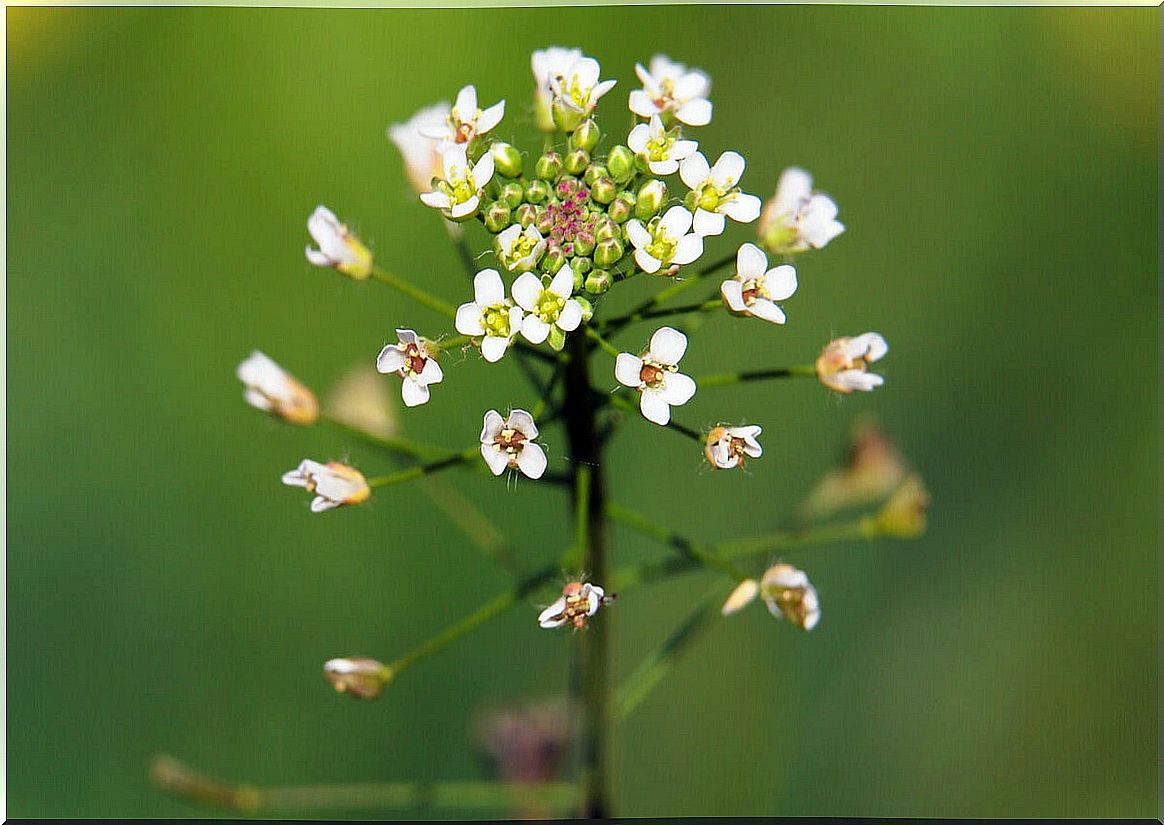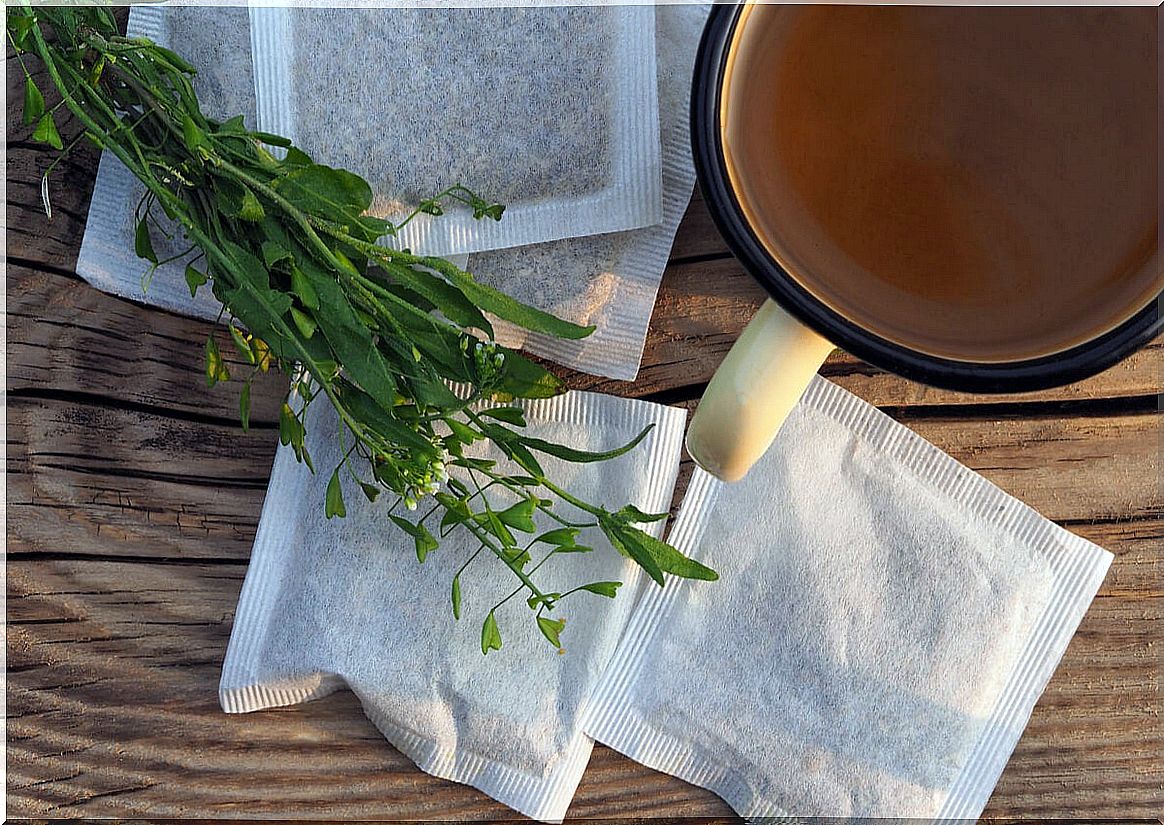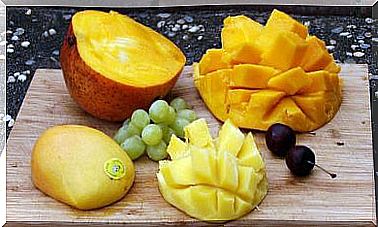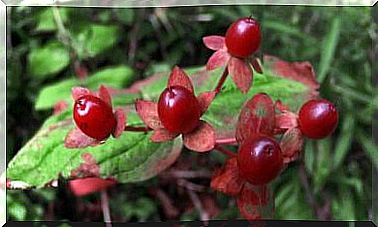Shepherd’s Purse: Benefits And Side Effects
Shepherd’s purse is a medicinal plant that appears to help combat circulatory and menstrual disorders. What does the evidence say about it? In this space we detail it.

Shepherd’s purse, whose scientific name is Capsella bursa-pastoris , is a plant native to Asia and some areas of Eastern Europe. It belongs to the same mustard family and stands out for its particular white flowers with small reddish lines. Although in Western countries it is considered a weed, in Eastern culture it has a wide culinary and medicinal use.
In fact, it is often sold in tinctures as well as supplements, tea bags, and seeds. According to popular literature, the plant can reduce bleeding, combat menstrual disorders, and stimulate muscles. What other uses does it have? What are the secondary effects? In the next space we will tell you more about it.
Benefits of the shepherd’s bag
Shepherd’s bag is also known as “blind weed,” “lady’s bag,” “mother’s heart,” “shepherd’s heart,” and “witch’s bag,” among other popular names. The plant grows between 40 and 60 centimeters, blooms almost all year round and its fruits have a heart-shaped shape that resembles a bag.
In Asian countries it is used for culinary purposes and, since ancient times, it is part of traditional medicine. Even so, at present the evidence on its effects is limited and caution is recommended when using it in any of its presentations. Let’s see in detail what it is used for.
Heavy menstrual bleeding
The tea and the decoction obtained from the stems and roots of the shepherd’s purse have been used in complementary medicine with the aim of reducing heavy menstrual periods. In this regard, a study published in the Journal of Alternative and Complementary Medicine made interesting findings.
According to the research, women who consumed 1000 milligrams of mefenamic acid – an anti-inflammatory drug – along with two shepherd’s purse capsules, every 12 hours, experienced less menstrual bleeding than those who only took mefenamic acid. Experts conclude that more studies are necessary.

Inflammation
Inflammation is closely related to a wide variety of chronic diseases. Proponents of herbal therapies argue that shepherd’s purse has anti-inflammatory properties that exert positive effects on health. Despite this, the evidence is scant.
A study published in the journal Molecules determined that a substance called «capseloside», obtained after isolating a new sugar molecule from the shepherd’s purse, is what gives it anti-inflammatory effects. In particular, it was shown to be useful in reducing inflammation in nervous tissue.
Therefore, the plant seems to have potential against diseases such as arthritis, asthma, cerebral ischemia and Parkinson’s, among others. Despite this, it is not considered a first-line treatment for these disorders. Its use must be supervised by a professional.
Postpartum bleeding
A clinical trial reported in the Journal of Alternative and Complementary Medicine observed that shepherd’s purse may be beneficial in stopping postpartum bleeding. In the study, 100 women with postpartum hemorrhage received oxytocin and oxytocin with 10 drops of Capsella bursa-pastoris extract .
The group that took the combination of the drug with the plant experienced a greater reduction in bleeding compared to those that took only oxytocin.
Other possible benefits of the shepherd’s purse
According to the American corporation WebMD , this plant is attributed other benefits that have not been corroborated through research. Therefore, it is not known whether it is actually effective and safe. In any case, these applications are the following:
- Premenstrual syndrome.
- Irregular bleeding between menstrual periods.
- Nosebleeds
- Cystitis: inflammation of the bladder.
- Burns and wound healing.
- Bruising
- Varicose veins
- Hemorrhages from broken blood vessels.
- Hypotension
- Diarrhea.
Side effects of shepherd’s purse
When taken on time, in moderate amounts, the plant is usually safe for most healthy adults. However, information shared through the European Medicines Agency warns that shepherd’s purse, whether in capsules, tea, tincture or any presentation, can have the following side effects:
- Drowsiness.
- Difficulty breathing.
- Enlargement of the pupil.
On the other hand, its use is discouraged during pregnancy, as it can induce premature labor. It should also not be used in breastfeeding or if you have special conditions, such as thyroid problems, kidney stones and kidney disease.
The plant can interact with blood-thinning medications, thyroid drugs, and sedatives. It should be avoided in case of being under these medical treatments. Even, it is always better to consult the professional before taking supplements of the herb.
Dosage and preparation of shepherd’s purse
To date, no specific guidelines on safe dosages for shepherd’s purse have been developed. Therefore, it is important to consult with a professional in herbal medicine, a herbalist or a naturopathic doctor. In general, it is not advisable to exceed the dosage suggested on the supplement label. How to prepare it?
Shepherd’s purse tincture
Shepherd’s purse tinctures are available in various qualities and concentrations. Its dosage varies according to the number of drops that are put in a glass of water or in the mouth. It is not advisable to eat more than 1 teaspoon per day.
Ingredients
- Fresh shepherd’s purse herb.
- Vodka.
Materials
- Glass jar with lid.
- Coffee filter.
- Blue or brown glass bottle.

Instructions
- To start, fill the mason jar with the fresh shepherd’s purse herb. Then cover it with enough vodka.
- Next, seal the jar and store it in a cool, dark place for 30 days. Shake it from time to time.
- After the recommended time, use the coffee filter to separate the liquid from the plant.
- Store the preparation in a blue glass jar and put it in a cool place.
- Use about 5 or 10 drops of the product, dissolved in water.
- Avoid this presentation if you are sensitive to alcohol.
Shepherd’s purse tea
The most common way to take advantage of the properties of the shepherd’s purse is through tea. This drink is used for circulatory problems and premenstrual syndrome, among other conditions.
Ingredients
- Dry shepherd’s bag.
- Boiling water.
Instructions
- Pour 3-4 teaspoons of dried shepherd’s purse into a cup of boiling water.
- Let it rest for 10 minutes and strain.
- Drink the drink up to 2 times a day, for 2 or 3 days.
What should you remember about this plant?
Shepherd’s purse is a plant with a long history in traditional oriental medicine. However, to date there is not enough evidence to support its effects and safe use in humans.
Therefore, it should be used with caution, in moderate amounts. If possible, consult your doctor or herbal medicine specialist.









